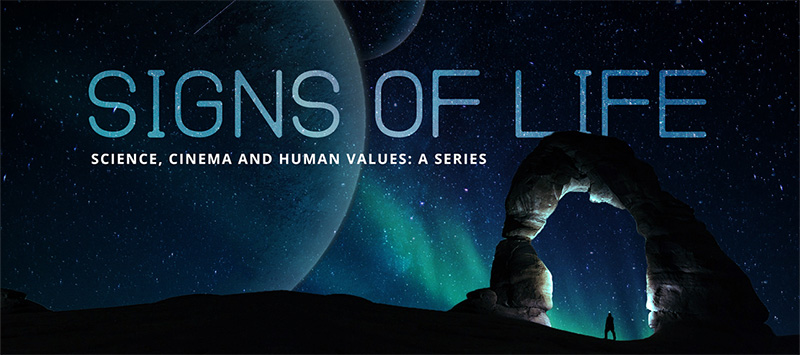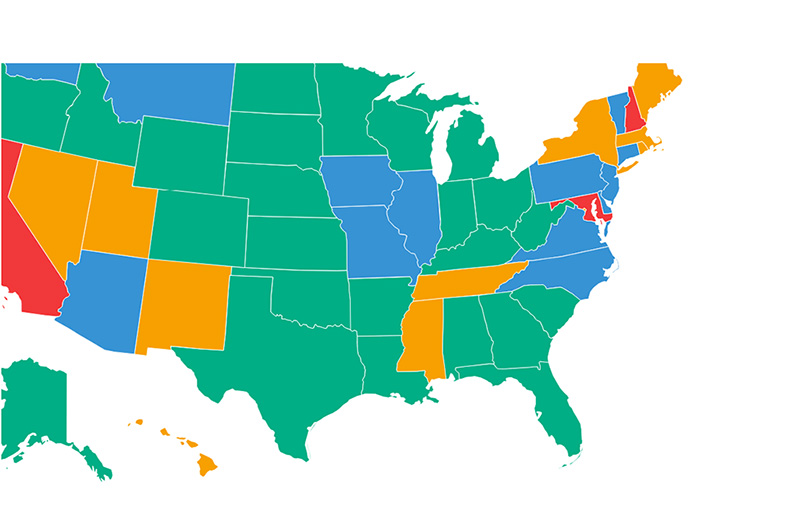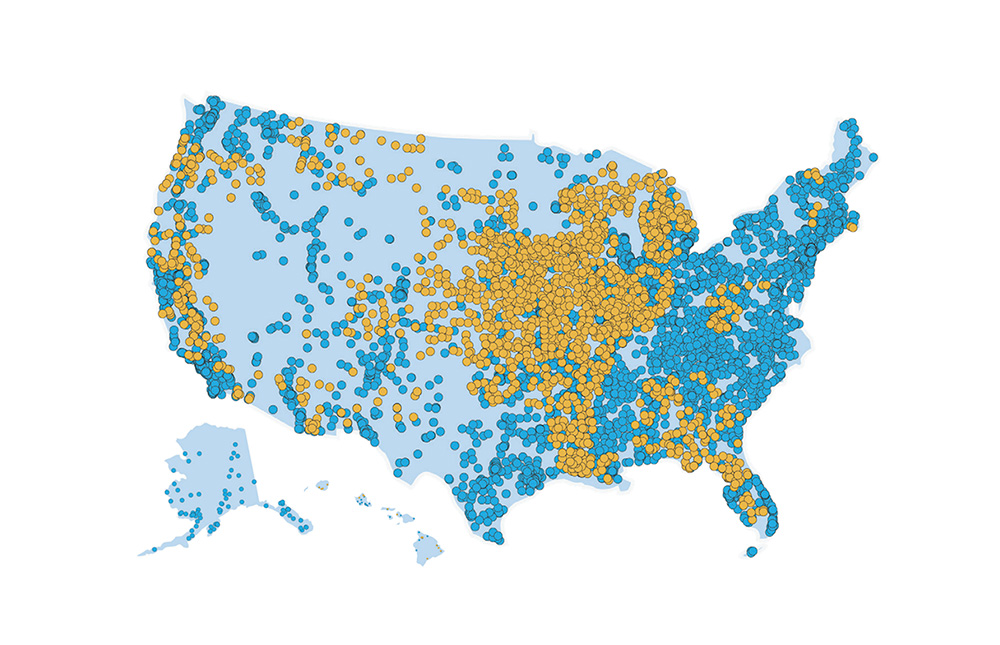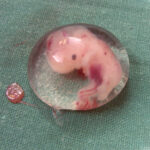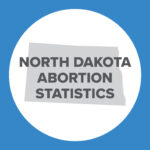A Longitudinal Cohort Study of Emergency Room Utilization Following Mifepristone Chemical and Surgical Abortions, 1999–2015
Read about how the publisher censored this paper by retracting it and how the authors sued to fight back: See the Assault on Science website and the Arbitration Demand.
Additional Author: Christopher Craver
Abstract
Introduction
Existing research on post abortion emergency room visits is sparse and limited by methods which underestimate the incidence of adverse events following abortion. Post abortion emergency room (ER) use since Food and Drug Administration approval of chemical abortion in 2000 can identify trends in the relative morbidity burden of chemical versus surgical procedures.
Objective
To complete the first longitudinal cohort study of post abortion emergency room use following chemical and surgical abortions.
Methods
A population-based longitudinal cohort study of 423 000 confirmed induced abortions and 121,283 subsequent ER visits occurring within 30 days of the procedure, in the years 1999-2015, to Medicaid-eligible women over 13 years of age with at least one pregnancy outcome, in the 17 states which provided public funding for abortion.
Results
ER visits are at greater risk to occur following a chemical rather than a surgical abortion: all ER visits (OR 1.22, CL 1.19-1.24); miscoded spontaneous (OR 1.88, CL 1.81-1.96); and abortion-related (OR 1.53, CL 1.49-1.58). ER visit rates per 1000 abortions grew faster for chemical abortions, and by 2015, chemical versus surgical rates were 354.8 versus 357.9 for all ER visits; 31.5 versus 8.6 for miscoded spontaneous abortion visits; and 51.7 versus 22.0 for abortion-related visits. Abortion-related visits as a percent of total visits are twice as high for chemical abortions, reaching 14.6% by 2015. Miscoded spontaneous abortion visits as a percent of total visits are nearly 4 times as high for chemical abortions, reaching 8.9% of total visits and 60.9% of abortion-related visits by 2015.
Conclusion
The incidence and per-abortion rate of ER visits following any induced abortion are growing, but chemical abortion is consistently and progressively associated with more post abortion ER visit morbidity than surgical abortion. There is also a distinct trend of a growing number of women miscoded as receiving treatment for spontaneous abortion in the ER following a chemical abortion.
Read Complete Article





